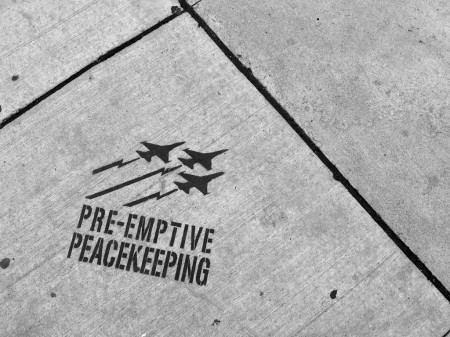
Written by a journalist embedded with the 1st Reconnaissance Battalion of the Marine Corps, Evan Wright’s Generation Kill describes the experience of invading Iraq alongside them in 2003. The book provides a graphic account of what transpired among the men of the Battalion and its subsidiary units, as well as on battlefields between Kuwait City and Baghdad.
Some of the more notable elements of the first person account include the lack of coordination between different units, poor logistics and intelligence, near-total lack of translators, wide variations in competence and attitude between officers, and the force with which the sheer terror and agony of the experience is recounted. While large portions of the invading army may have had tents, cots, and warm meals, the recon Marines operate for the entire war on pre-packaged food and holes laboriously pick-axed into the ground. They spent much of the war in bulky chemical protection suits, fearing gas attacks that never came. The Marines are intentionally sent into ambush after ambush, receiving massive amounts of fire from within open-topped Humvies, as a feint to confuse Iraqi forces about the overall American strategy. The book certainly does a good job of conveying the brutality of it all: for the Marines, their Iraqi opponents, and for the civilians all around. The most interesting aspects of the narrative are definitely the characters of the individual Marines, as effectively illustrated through quoted statements.
The book does reinforce some broader conclusions that can be drawn about the war: particularly in terms of how the treatment of the civilian population has been mismanaged. What is less clear is whether the lesson to be drawn is that much more attention needs to be paid to post-occupation planning in future conflicts, or whether expectations of anything other than absolute carnage following a ‘regime change’ are misguided. Probably, the answer lies somewhere between.
The book has also formed the basis for an HBO mini-series of the same name. The series and the book parallel one another very closely. Indeed, given the arguably greater capacity of film to depict the majority of the events described, just watching the series may be a superior option to just reading the book.




